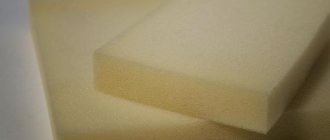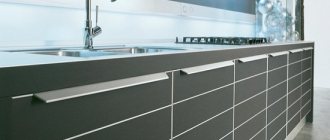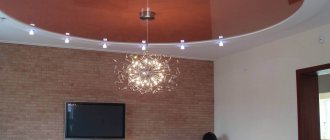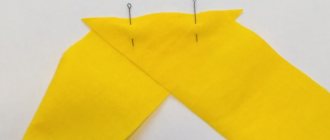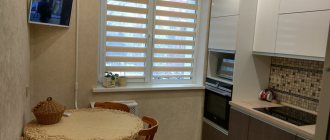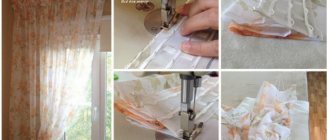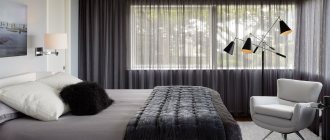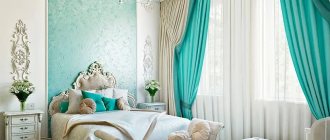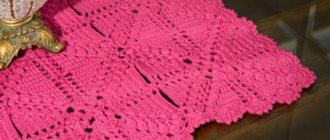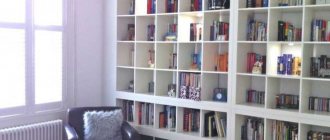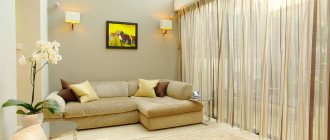Many people do not think about the need for tablecloths in the house until these products are actually needed. Events such as weddings, parties and family dinners are the perfect opportunity to dress up the table at home. Tablecloths add variety not only to the table, but also to the atmosphere and occasion for which they are used. The main function of a tablecloth is to cover and protect the table from damage. An additional function of a tablecloth is to add color and texture to the kitchen, dining room, patio and/or other living space.
Tablecloths are made from various types of materials, including cotton, vinyl, linen and silk. The type of material used and the type of tablecloth for the table will mainly be determined by the occasion for which the tablecloth will be used. Some tablecloths are best suited for certain events and in certain places. However, each type of tablecloth has its own advantages and disadvantages.
Tablecloth fabric: linen
There is hardly any other fabric that adds a special look along with elegance to a family dinner than linen (we're not talking about formal dinners and events here). As far as you know, this is a traditional fiber that has the main unappreciated feature of durability along with a rich appearance that is characterized by the crisp texture of the material. In addition, linen today comes in a wide variety of colors and shades.
Linen is relatively easy to care for as it resists dirt and stains. With a little care from you, your linen tablecloths will continue to serve you for a long time. More importantly, they can be passed down from generation to generation and you can live happily with them in your home for many years to come.
Currently, linen is an affordable luxury for any housewife. This type of fiber will serve all homeowners, regardless of their gender or age.
Determining the required size
A well-chosen tablecloth, regardless of the shape and size of the table, hangs 20 cm. If the table is square, measuring 1.50 x 1.50 m, then the tablecloth should be 1.70 x 1.70 m in size. For other sizes, it will be too long or too short. For ceremonial and official receptions, it is recommended to choose a longer one, since 20 cm will look scanty.
If you plan to make it yourself, then you need to take into account the centimeters that will go into filing. Natural fabrics shrink. Cotton is about 10 cm, and linen is 15 cm.
Tablecloth fabric: cotton
Woven cotton tablecloth is one of the most popular types of tablecloth material. For those who use tablecloths frequently and to protect the table from daily wear and tear, cotton is ideal. It is also the most commonly used. Cotton is used mainly for informal occasions. The material is easy to make, which allows you to keep the cost of the tablecloth relatively inexpensive.
Most cotton tablecloths can be washed or soaked in warm water to clean them. Cotton tablecloths can be used for outdoor dining. Cotton tablecloths work best in the kitchen, dining or outdoor areas.
There is no better fabric for the kitchen than cotton. However, cotton fabrics are not as durable.
Cotton tablecloths are easy to care for and are available in a wide range of colors, patterns and sizes, which is also the reason for their popularity. Mixing with other fabrics causes cotton to lose some of its breathability, making the fabric a little stiffer to the touch. Seven cotton and polyester has better wrinkle resistance. Thicker and laminated cottons are stain resistant. If we talk about wear resistance, then this option is seriously inferior compared to flax.
Mandatory requirements
Tablecloths are divided into two main groups: for special occasions and for every day. Regardless of its purpose, it must meet the following requirements:
- increased density, tear resistance;
- crease resistance;
- must keep its shape, be elastic, so that creases do not form on the surface of the table;
- does not require special care rules, is easy to wash;
- do not fade, maintain color.
An equally important factor is tactile sensations. The fabric should be pleasant to the touch, but also slip, especially when in contact with liquids.
Fabric for sewing tablecloths: polyester
Polyester is a chemically produced fiber, a synthesized material that can be combined with other fabrics, such as cotton, to create a polyester blend. With polyester it is easy to imitate linen weaves, different textures, and all this at a much lower price. Unfortunately, there is no need to talk about environmentally friendly fabrics here. Polyester is also available in a wide range of colors and patterns just like cotton. This type of fabric is easy to dye.
Polyester is similar to cotton and has many of the same benefits. The only difference is that polyester has more shine and silkiness. It can be used for formal occasions and does not cost much more than cotton. The biggest drawback is the chemicals used to produce polyester. Some people are allergic to polyester, so this can be a huge problem. Polyester tablecloths look best in the kitchen, dining room or outdoor space.
What applies to table textiles
Table linen is a product that a person has to deal with not only in his own kitchen, but also in restaurants, cafes and other “food” establishments. Therefore, before you go shopping for fabrics, you should imagine what exactly will be sewn from them. The usual list of table textiles includes:
- tablecloth. It can be rectangular, round, oval or square. It is considered optimal when the panel completely follows the outline of the table. For everyday meals, products with patterns - floral, checkered or striped, made from inexpensive materials - are preferable. For special occasions, products made from elegant “rich” fabrics are used;
Interesting to know! In order not to make a mistake with the size of the tablecloth, you need to add an overhang to the length, width or diameter of the tabletop - the part of the cloth that hangs from the sides. An overhang of 20 cm on each side is considered classic.
- muleton. Most often, this is a thick cloth cut to the shape of the table, which is placed under the tablecloth to prevent slipping. Muleton dampens sounds from rearranged dishes and protects the countertop from spilled liquids;
- naperon. This is a small tablecloth that is laid over the main one and contrasts with it in color. It is laid diagonally on square tables. Purpose of the product: to protect the tablecloth from dirt and rapid abrasion;
- napkins. Originally folded napkins will decorate the table and give it a festive, solemn look. According to the laws of etiquette, they must be in harmony with the tablecloth. Napkins perform not only a decorative role: they protect clothes from crumbs and drops; they can be used to wipe your hands, blot your lips, or use them as a plate holder;
- buffet skirt. This is a beautifully draped piece of material that frames the sides of the table. Its use gives the event scale and solemnity. At especially significant banquets, buffet skirts look like real works of designer art;
- dining path. One of the variations of the naperon, which is a long narrow tablecloth laid out on top of the main one. A path laid out along the entire table, on which plates with treats are placed, looks especially original if it is complemented by embroidery or other decorative elements;
- towels They come in two types: utensils, used for wiping cutlery, and handles, which help when serving dishes. The most convenient size of towels is 30x60 cm.
Tablecloths made of non-woven materials: vinyl
Vinyl works best outdoors, at picnics and other outdoor events. Vinyl tablecloths also work well in rain and are easy to clean if stains occur. The biggest advantage is that vinyl has great resistance against weather, stains and sun. The biggest downside is that vinyl doesn't work for formal events. This is a fairly cheap material and will look cheap at formal events.
Decorative function
A table covered with a tablecloth looks elegant and aesthetically pleasing. During the holidays, it is customary to cover the tabletop; this creates a festive mood. And even an inexpensive, unpresentable table looks beautiful.
Due to various coatings, combined with the upholstery of chairs and the color of the walls, you can create original design styles in the room.
Silk tablecloth
Silk is definitely the best option for formal occasions - weddings, weddings and other special occasions. Of course, silk is the most expensive tablecloth material, but it provides a luxurious look that works best when you are trying to impress others. Silk tablecloths come in a variety of styles, and many come with special embroidery for certain occasions. The main disadvantage is the delicacy of the tablecloth. Care must be taken when washing and caring for silk tablecloths. Silk tablecloths work best in the living room and dining room.
Consider all of these fabric options when trying to find a tablecloth for your home. Be guided by the occasion for which you need the tablecloth, but do not forget about appearance and functionality.
Selection of colors to match the interior style
If the housewife decided to sew a tablecloth for the table herself, then she will not have any problems with the selection of fabric. The color of the material should match the dishes. If plates or dishes have a pattern, then it is better to lay a plain tablecloth, and vice versa. You can match the color to one leading color on curtains or furniture.
For kitchens in a classic style, models with floral prints are suitable. And for a minimalist (Scandinavian) interior – geometric shapes. For boho style - fabrics with embroidery, linen.
For daily use, a plain fabric in muted shades is more suitable. For a celebration, it is better to choose a bright one with decorative elements. It is necessary to take into account the reason for which the guests will gather. A red tablecloth is suitable for Christmas, but not suitable for grandma's birthday.
Napkins
Not so long ago, linen coverings served as napkins that could be used to wipe your hands and mouth after a meal, or put them on your knees so as not to stain your clothes while eating. Now they are being replaced by napkins.
Note!
Duvet: TOP-170 photos + video reviews of duvets. Advantages and disadvantages of filler, choice of cover and quiltingBed linen for newborns: requirements for bedding for a newborn. Variety of sizes, materials and patterns of children's underwear (photo + video)
Double bed linen: TOP-170 photo reviews of new designs, choice of size, color and material
